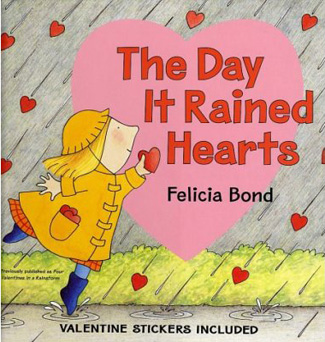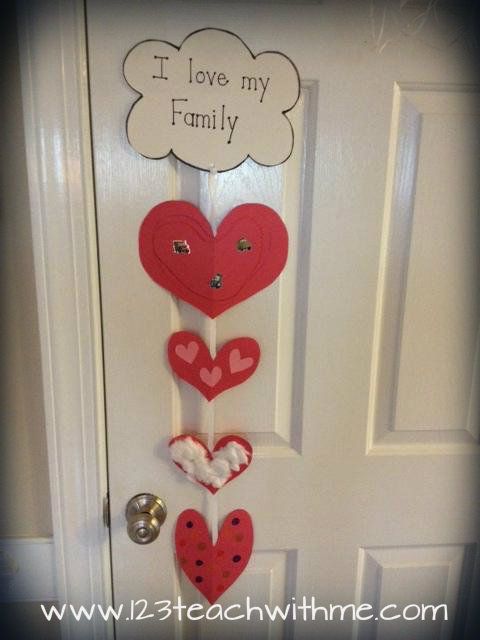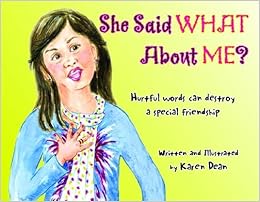I was recently introduced to Todd Parr's books and I have to say that I am loving them! They are bright, colorful and pretty funny. I just finished a lesson using It's Okay to be Different. This is a lesson that I have done for years but I always used the book What I Like About Me!. I like to switch things up but I could probably use both books and make the lesson even more meaningful!
Both of these books teach remind children that it's okay to be different. These books teach kindness, empathy, diversity and most importantly, self-acceptance.
Discussion: What does the term diversity mean? Take some time to discuss student's thoughts and ideas about diversity. Do you know anyone who is like the characters in the story? Why do you think the author used the colors that he did?
Activity: Play a version of "Simon Says" where students do something if they meet certain criteria. Some examples:
If you are 7 years old stand up
If you have brown eyes put your hands on your head
If you wear glasses turn around
If you like green beans stand on one foot
Activity: Play compliment tag Have students sit in a circle and pick one person to be "it". This student says another student's name and then gives that student a compliment. The student responds by saying "Thank You". The student who received the compliment is now "it" and must compliment another student in the group. This continues until each student has had a chance to receive a compliment.
Discussion: What does the term diversity mean? Take some time to discuss student's thoughts and ideas about diversity. Do you know anyone who is like the characters in the story? Why do you think the author used the colors that he did?
Activity: Play a version of "Simon Says" where students do something if they meet certain criteria. Some examples:
If you are 7 years old stand up
If you have brown eyes put your hands on your head
If you wear glasses turn around
If you like green beans stand on one foot
Activity: Play compliment tag Have students sit in a circle and pick one person to be "it". This student says another student's name and then gives that student a compliment. The student responds by saying "Thank You". The student who received the compliment is now "it" and must compliment another student in the group. This continues until each student has had a chance to receive a compliment.
Activity: Give each student a puzzle piece (link below). You can have them draw a picture of them-self on the puzzle piece OR you can have them decorate it however they would like. I have done both ways. Once everyone is fineshed, put all of the pieces together. Lead on discussion about all of the unique pieces coming together to create one beautiful picture.

Diversity Puzzle: Puzzle Pieces or Puzzle Kit
Todd Parr's Webpage has some FUN stuff: Fun Stuff
Connections:
It's Okay to Wear Boys Socks-A Very Diverse Lesson
It's Okay to be Colorful and Creative
It's Okay to Feel Different
Ipad App
It's Okay to be Different
Class Book Idea
Common Core Connections:
Literacy
RL.1.1 Ask and answer questions about key details in text.
RL.1.2 Retell stories, including key details, and demonstrate understanding of their central message or lesson.
RL.1.3 Describe characters, settings, and major events in a story, using key details.
Speaking and Listening
SL.1.1a Follow agreed-upon rules for discussion.
SL1.1b Build on others' talk in conversations by responding to the comments of others through multiple exchanges.









.jpg)









